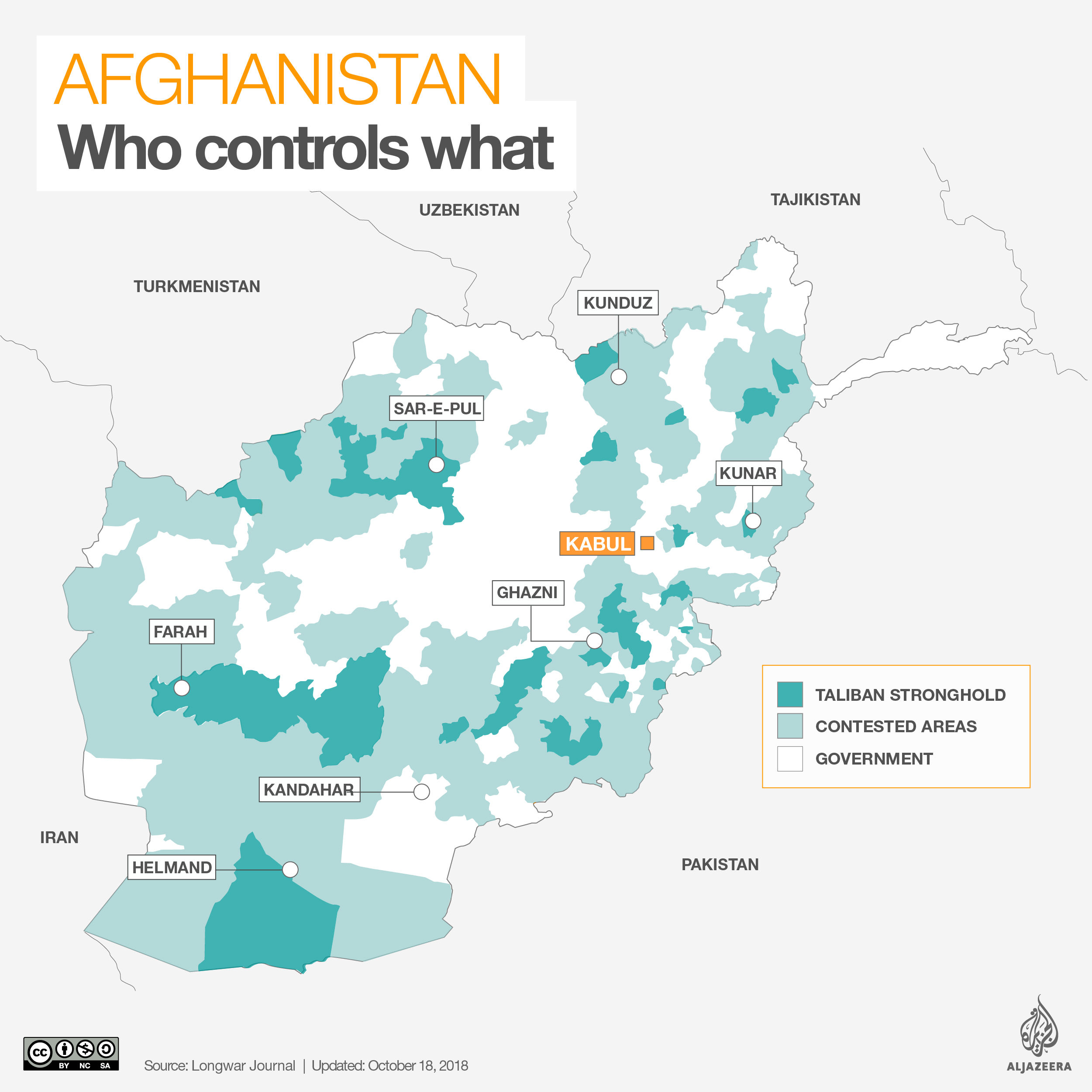Why in news?
Talks between the US and Taliban in Doha has led to a “framework” for a peace agreement, aimed at ending the 17-year-old conflict in Afghanistan.
How has the conflict been?
- The Taliban emerged in the early 1990s following the withdrawal of Soviet troops from Afghanistan, shortly before the demise of the Soviet Union.
- The militants ruled Afghanistan from 1996 to 2001.
- They were imposing a brutal version of Sharia law that included public executions and amputations, and the banning of women from public life.
- They are in conflict with the US-led troops following the 9/11 attacks of 2001, which U.S. blamed on al-Qaeda militants sheltered by the Taliban.
- The US has about 14,000 troops in Afghanistan, most of which are present as part of a larger NATO-led mission to train, advice and assist Afghan forces.
- The conflict, known as America's longest war, has cost more than 2,400 American lives, and billions of US dollars.
- The number of civilians, mostly women and children, killed or injured by airstrikes in Afghanistan has risen 39% year on year.
- In the past 3 years, the Taliban have strengthened their grip.
- In November 2015, the Afghan government controlled 72% of districts in the country, but now controls just 56% of them.
- Approximately a third of Afghanistan is a "contested" area.

What does the framework contain?
- Taliban has made a commitment to not allow terrorists to use Afghan territory to mount attacks on the US and its allies.
- The US has made an agreement to pull out troops.
- But this is only if the Taliban agrees to talk with the Afghan government, and to a permanent ceasefire.
- With the announcement of a near agreement, the US has outrun Moscow, which had begun its own process.
- Russia's strategy included regional players such as Iran, China and several Central Asian states.
- India too sent a “non-official” delegation to Russia-led talks, to find a resolution in Afghanistan.
What is the Afghan government's stance?
- The Afghan government has so far been kept out of the US-Taliban talks.
- Afghan President Ashraf Ghani cautioned against rushing into a deal.
- The government prefers an agreement that comes with rationality, without repetition of past mistakes.
- The President asked the Taliban to engage with the Afghan government directly.
- But Taliban maintains that without the withdrawal of international troops, there could be no progress on other issues.
What next?
- Reportedly, a US-based security think tank, had drawn up a peace agreement (a possible final agreement) whose main elements are:
- an 18-month transitional government that will oversee power sharing between the Taliban and other sections of the Afghan polity
- extension of US assistance to Afghanistan
- the creation of a high Ulema council which, along with the interim government, will discuss changes to the Constitution
- amnesty
- Taliban’s renunciation of links with terrorist organisations
- release of prisoners
- formation of an impartial team to implement the draft deal
- However, the US State Department has denied any plans for an interim government in Kabul.
- The presidential elections are due in July, 2019, and it is unclear how the talks might impact this process.
Source: Indian Express
